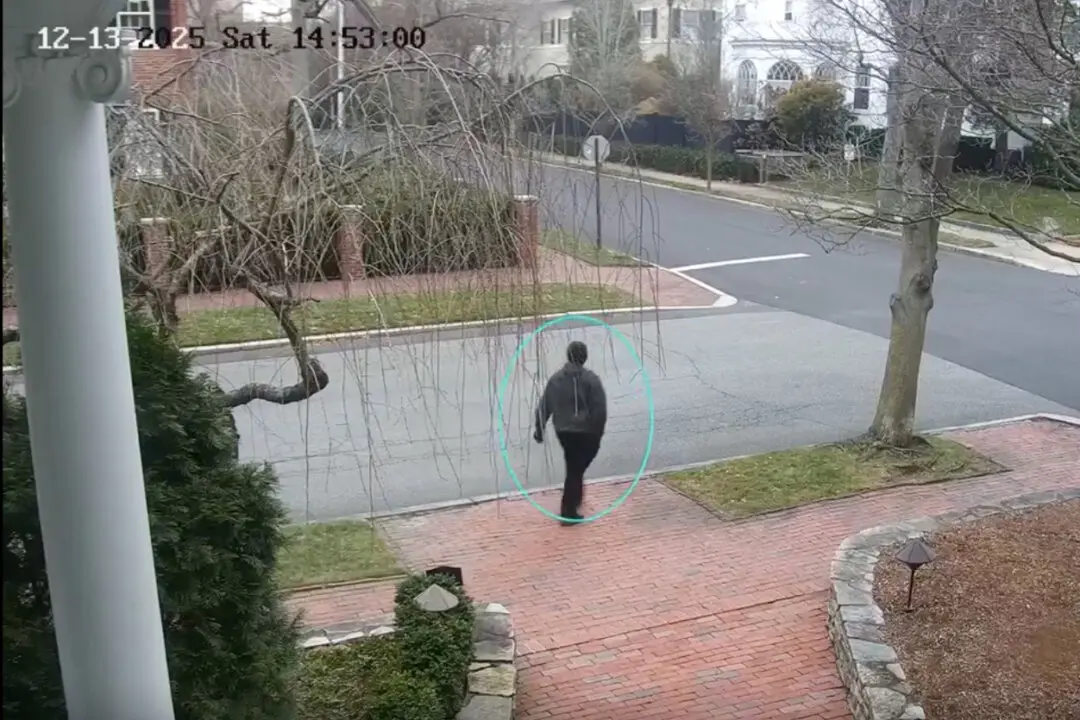An Indonesian official said that as many as 5,000 bodies could be buried in the mud—more than one week after a devastating 7.5 magnitude earthquake and tsunami hit near the island of Sulawesi.
As of Oct. 9, officials said that 1,944 people died in the quake and tsunami, mostly in the city of Palu and outlying areas, CBS News reported.




